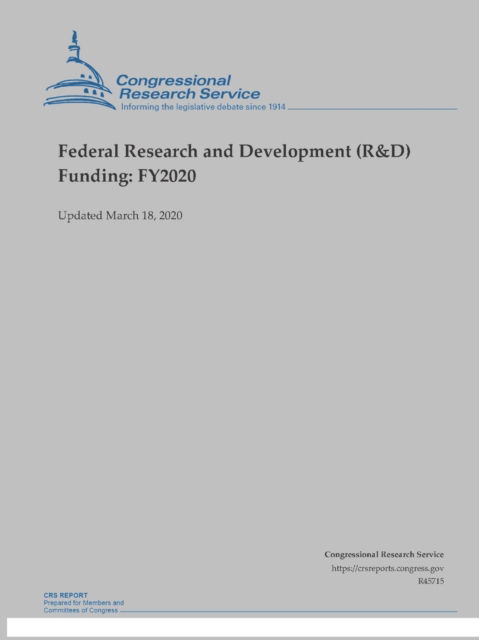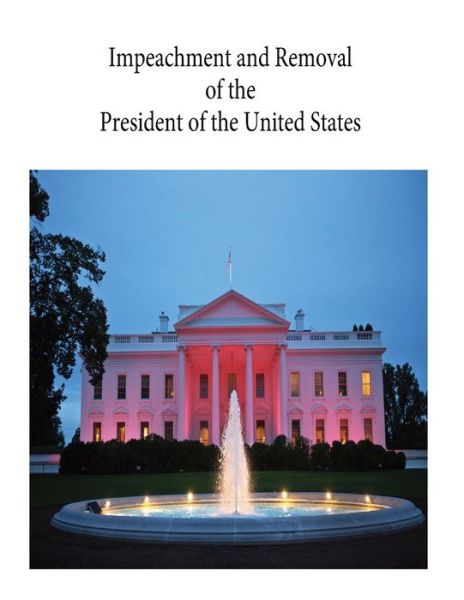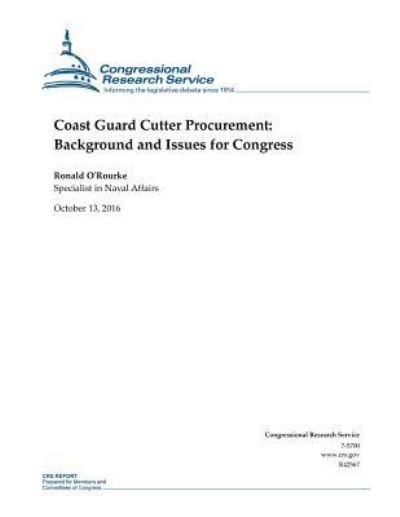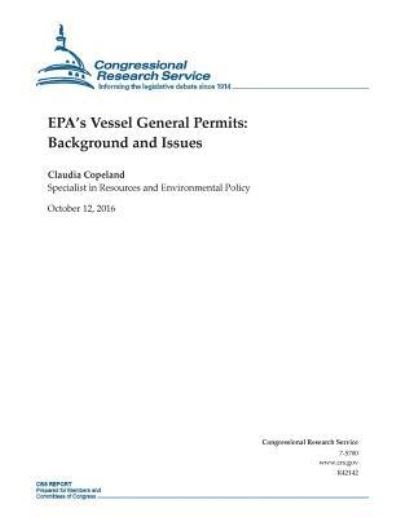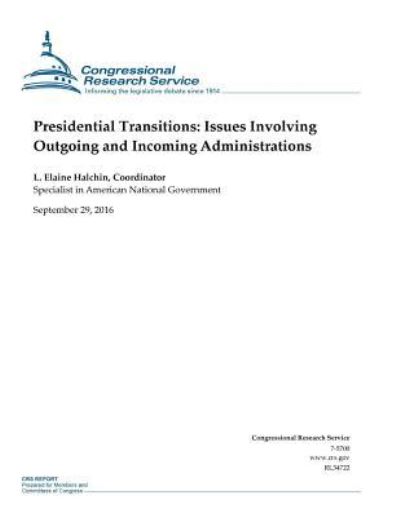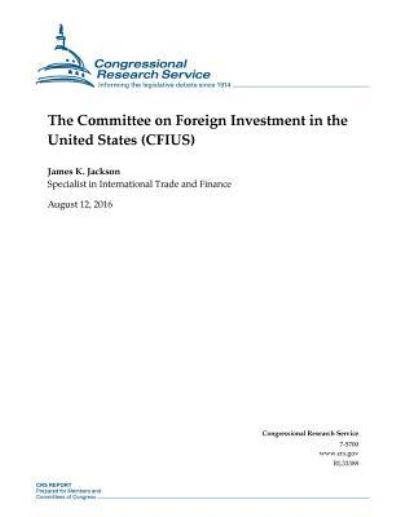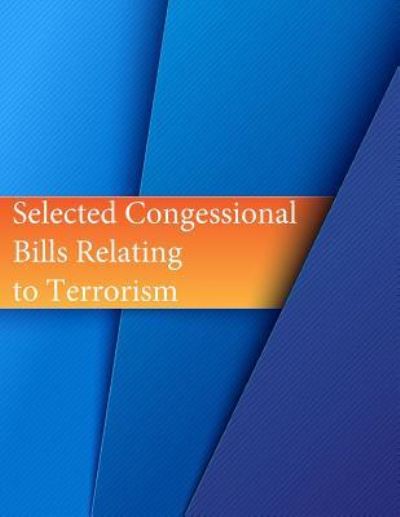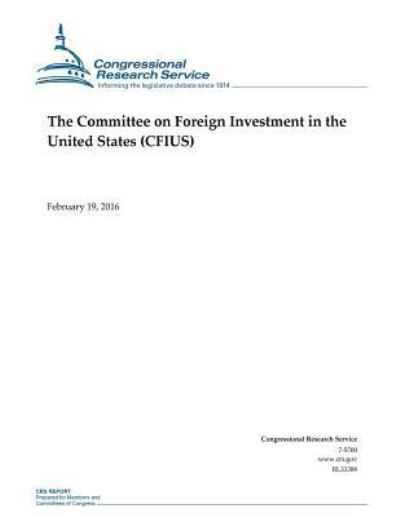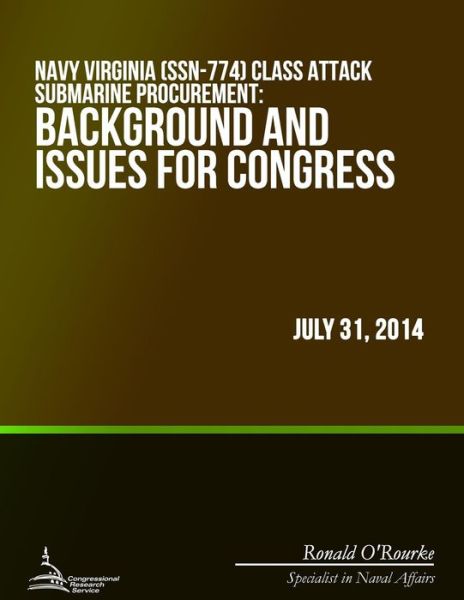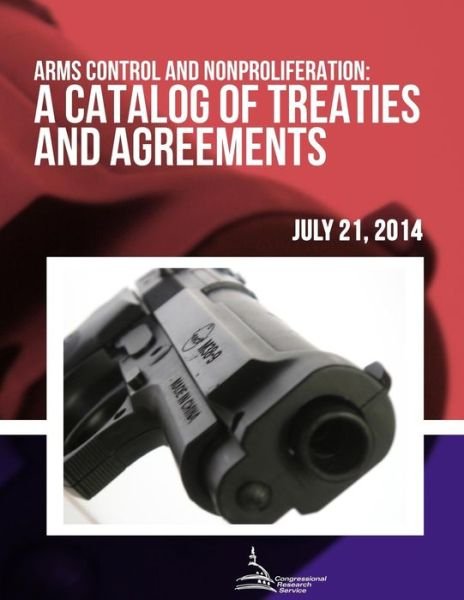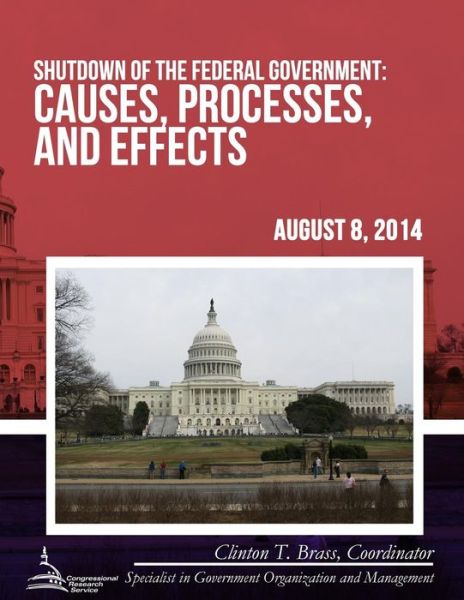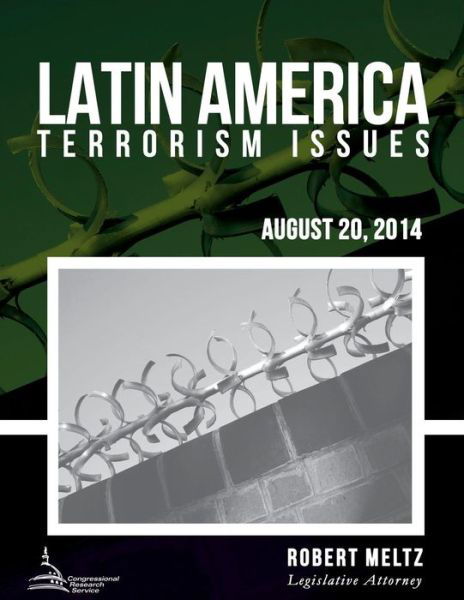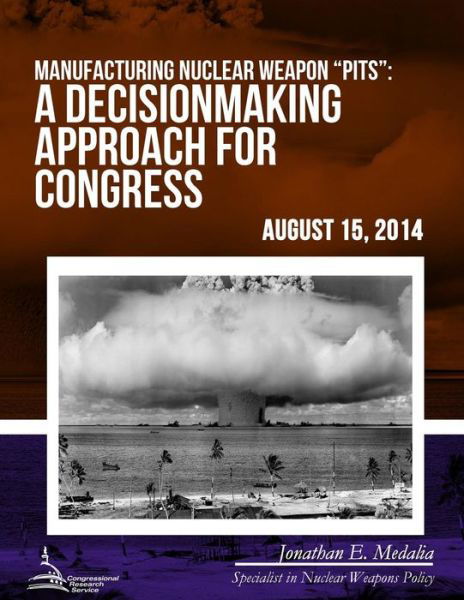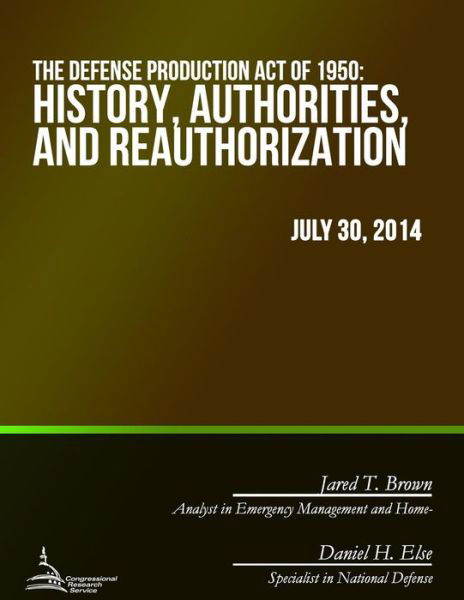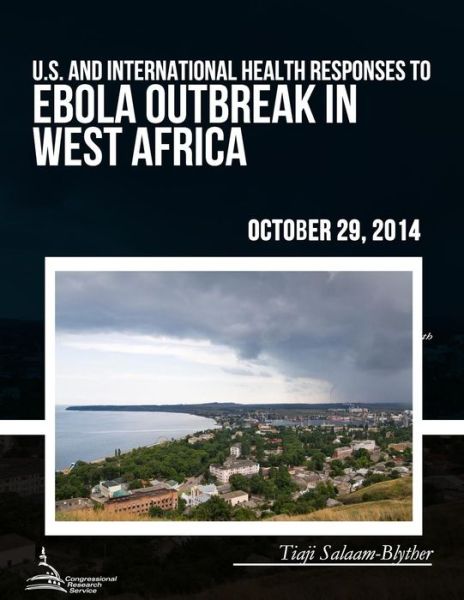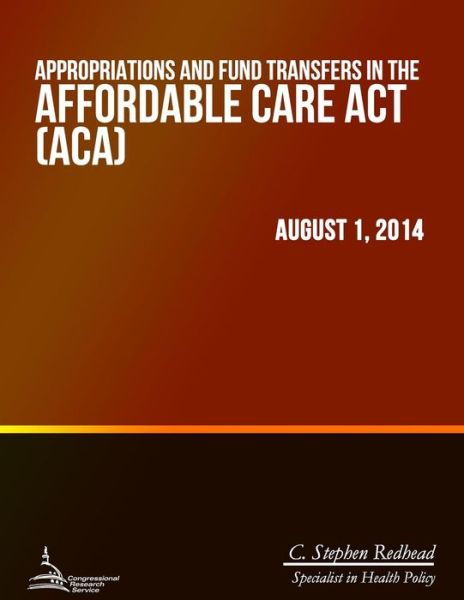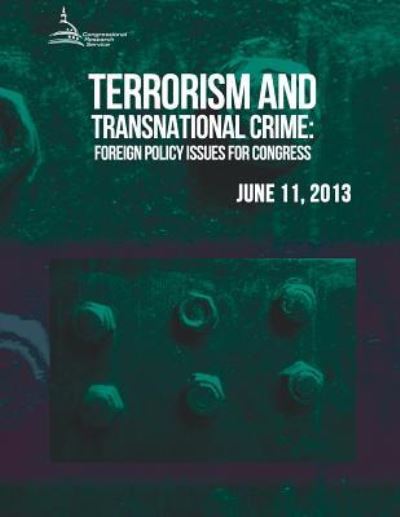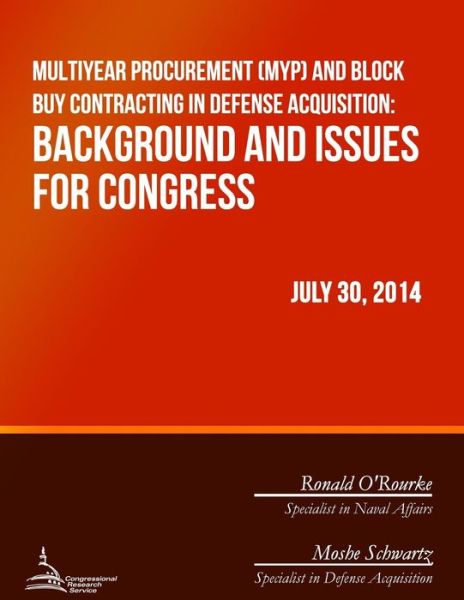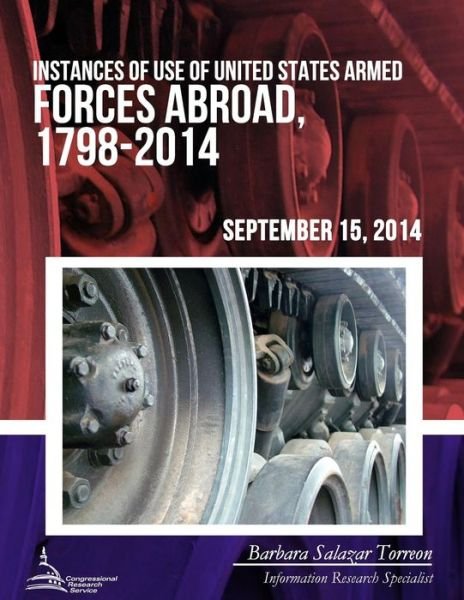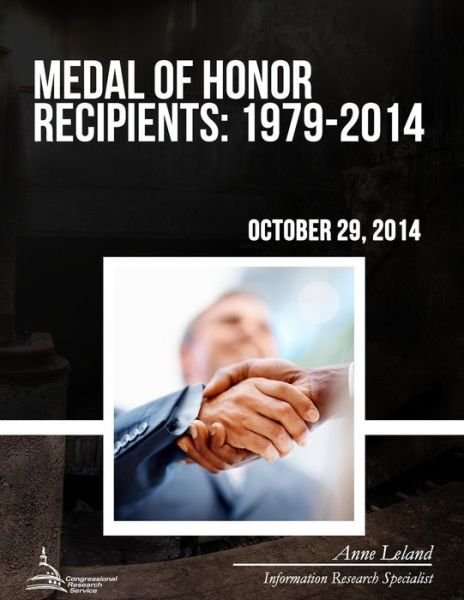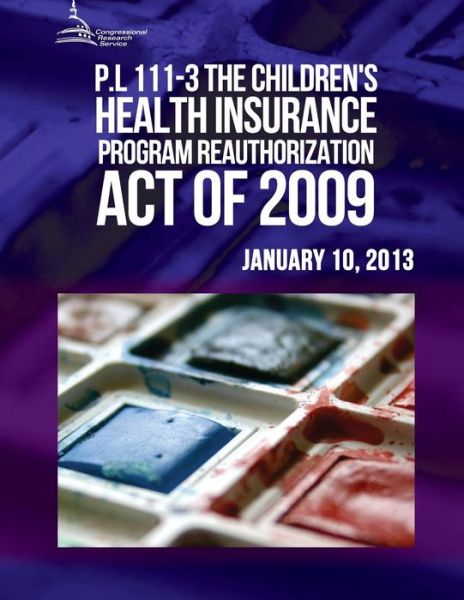
Powiedz znajomym o tym przedmiocie:
Foreign Aid
Congressional Research Service
Foreign Aid
Congressional Research Service
Foreign assistance is the largest component of the international affairs budget and is viewed by many as an essential instrument of U. S. foreign policy. On the basis of national security, commercial, and humanitarian rationales, U. S. assistance flows through many federal agencies and supports myriad objectives, including promoting economic growth, reducing poverty, improving governance, expanding access to health care and education, promoting stability in conflictive regions, countering terrorism, promoting human rights, strengthening allies, and curbing illicit drug production and trafficking. Since the terrorist attacks of September 11, 2001, foreign aid has increasingly been associated with national security policy. At the same time, foreign aid is seen by many Americans, and Members of Congress, as an expense that the United States cannot afford given current budget deficits. In FY2016, U. S. foreign assistance, defined broadly, was estimated at $49.47 billion, or 1.2% of total federal budget authority. About 48% of this assistance was for bilateral economic development programs, including political/strategic economic assistance; 33% for military aid and nonmilitary security assistance; 14% for humanitarian activities; and 5% to support the work of multilateral institutions. Assistance can take the form of cash transfers, equipment and commodities, infrastructure, or technical assistance, and, in recent decades, is provided almost exclusively on a grant rather than loan basis. The United States is the largest foreign aid donor in the world, accounting for about 24% of total official development assistance from major donor governments in 2017 (the latest year for which these data are available). Key foreign assistance trends in the past decade include growth in development aid, particularly global health programs; increased security assistance directed toward U. S. allies in the anti-terrorism effort; and high levels of humanitarian assistance to address a range of crises, from the earthquake in Haiti to the violence in Syria. Adjusted for inflation, annual foreign assistance funding over the past decade was the highest it has been since the Marshall Plan in the years immediately following World War II. In FY2016, Iraq, Afghanistan, Israel, Egypt, and Jordan were the top recipients of U. S. aid, reflecting long-standing aid commitments to Israel and Egypt, the strategic significance of Afghanistan and Iraq, and the strategic and humanitarian importance of Jordan as the crisis in neighboring Syria continues to unfold. The Near East was the top aid recipient region in FY2016, at 27%, followed by Africa, at 25%, and South and Central Asia, at 14%. This was a significant shift from a decade prior, when Africa received only 13% of aid and the Near East 40%, reflecting significant increases in HIV/AIDS-related programs concentrated in Africa between FY2005 and FY2016 and the drawdown of U. S. military forces in Iraq and Afghanistan. Military assistance to Iraq began to decline starting in FY2011, but growing concern about the Islamic State in Iraq and Syria (ISIS) has reversed this trend. This report provides an overview of the U. S. foreign assistance program by answering frequently asked questions on the subject. It is intended to provide a broad view of foreign assistance over time.
| Media | Książki Paperback Book (Książka z miękką okładką i klejonym grzbietem) |
| Wydane | 5 maja 2018 |
| ISBN13 | 9781718767775 |
| Wydawcy | Createspace Independent Publishing Platf |
| Strony | 44 |
| Wymiary | 216 × 280 × 2 mm · 127 g |
| Język | English |
Więcej od Congressional Research Service
Zobacz wszystko od Congressional Research Service ( np. Paperback Book i Book )


